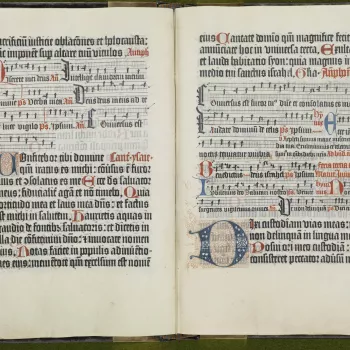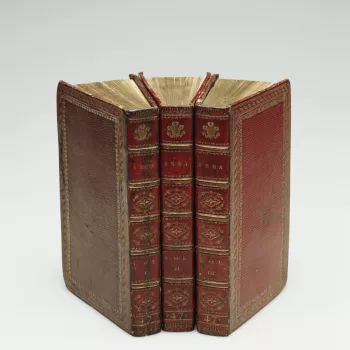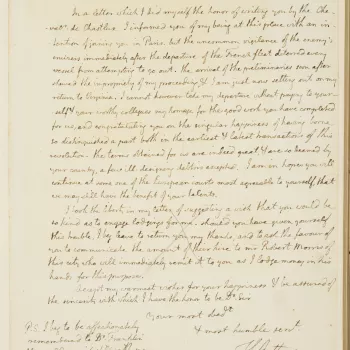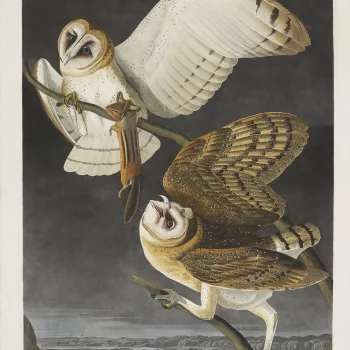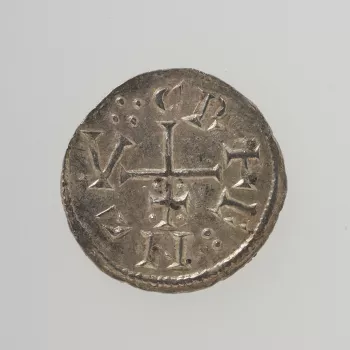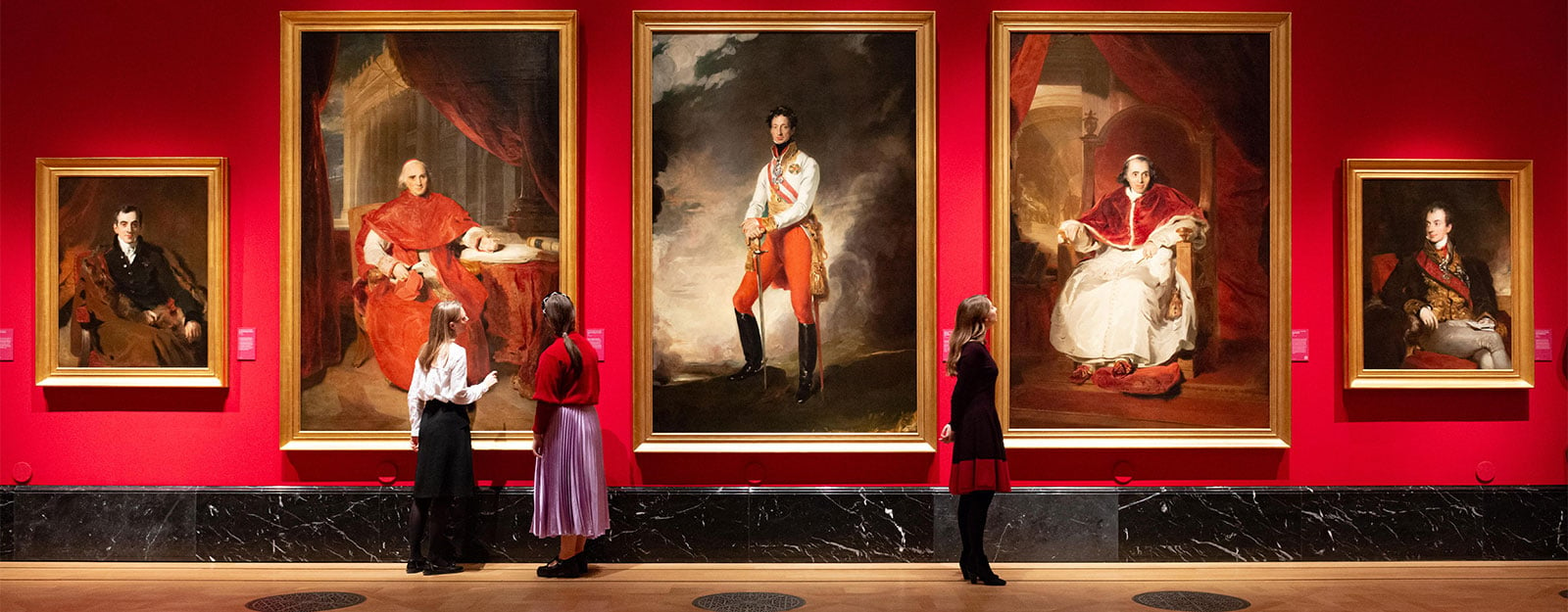
About the Collection
Learn more about the Royal Collection, one of the most important art collections in the world.
A history of the Royal Library
Historical Background
The current Royal Library was established by William IV (r.1830–37) in a series of three rooms adapted from the State Apartments at Windsor Castle. These three rooms are referred to as the Upper Library and consist of Room I, adapted from Queen Catherine of Braganza’s state bedchamber; Room II, formerly the private bedroom of the Tudor monarchs; and Room III, Queen Elizabeth I’s indoor walking-gallery.
The current Royal Library is not the first official library of the monarchy. Earlier Royal Libraries were presented to the nation in 1757 by George II (the Old Royal Library) and in 1823 by George IV (the King’s Library). Both collections now form a core part of the British Library.
William IV did not establish the Royal Library from scratch. At his accession, he had access to the private libraries of George III, and of George IV at Carlton House. Both kings were avid book collectors and their libraries contained a wide array of material. William IV brought these libraries together at Windsor and added to them considerably.
George III’s Private Libraries
Aside from the King’s Library at Buckingham House (now Buckingham Palace), a library to which he allowed scholars access, George III also maintained private libraries at Windsor Castle and Kew Palace where he kept a collection of items of personal interest. These collections were not part of the gift to the nation made by George IV in 1823, and contained the King’s personal copies of works on agriculture, botany, architecture and science among others.
There are some copies in the Library which contain annotations in the hand of George III showing he spent time reading as well as collecting these books.
The Carlton House Library
During his time as Prince of Wales, George IV also maintained a comprehensive collection of books at Carlton House. This collection consisted of works by contemporary authors as well as significant historic material. Particular interests of the King included military history, classical literature, English literature, history and topography. Many of these books were bound or re-bound in a uniform style to suit his tastes.
Nineteenth-Century Additions
In 1860, the Royal Library was rearranged by Prince Albert and the then Librarian, Bernard Woodward. This project saw the Library organised by subject area. This arrangement remains in place to the present day.
The reign of Queen Victoria saw major additions to the Library. Subsequent Librarians oversaw the acquisition of new books from throughout the British Empire as well as the acquisition of historical material with Royal provenance or of particular historic interest.
Modern Additions
The Royal Library continued to collect throughout the twentieth century and does so today. The Library’s collection has more than quadrupled in size since its reorganisation in 1860, and currently contains over 200,000 items.
The Library has expanded to include not only material collected by members of the Royal Family, but its collection also reflects the work of the Royal Household, Royal Collection Trust and the particular interests of successive Librarians. For example, during his tenure as the Librarian between 1905 and 1926, Sir John Fortescue considerably expanded the military history section.
Public Access
Online catalogues
Some 80,000 items from the Library are free to search on Explore the Collection and a substantial part of the incunabula collection is included in the Incunabula Short Title Catalogue.
Other listings
A further 124,000 reference items are listed on the Royal Collection’s internal databases and these can be searched by Royal Library or Royal Collection Trust staff.




